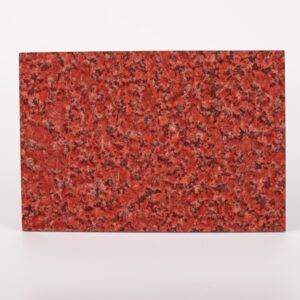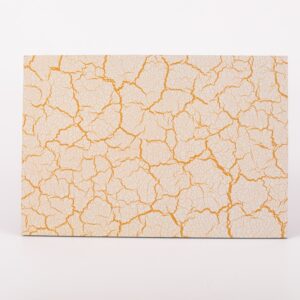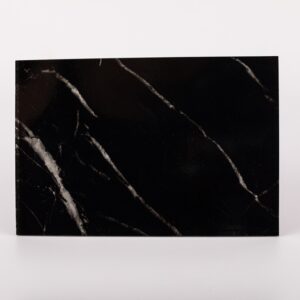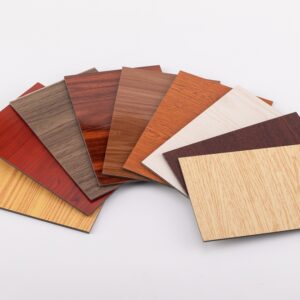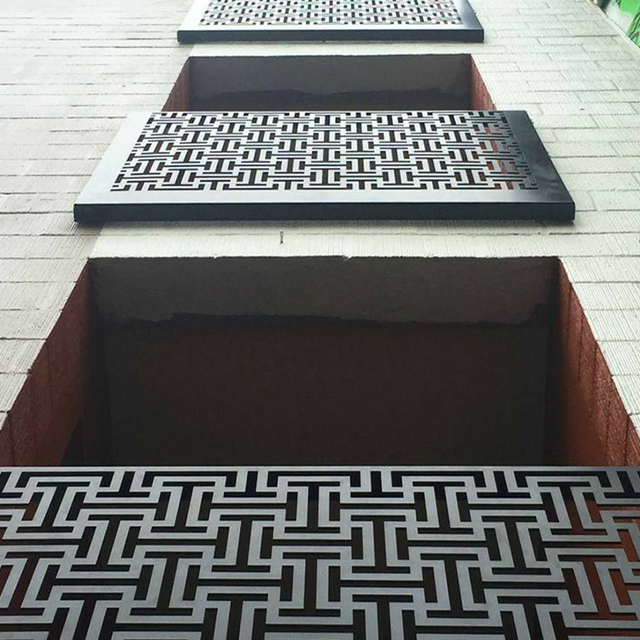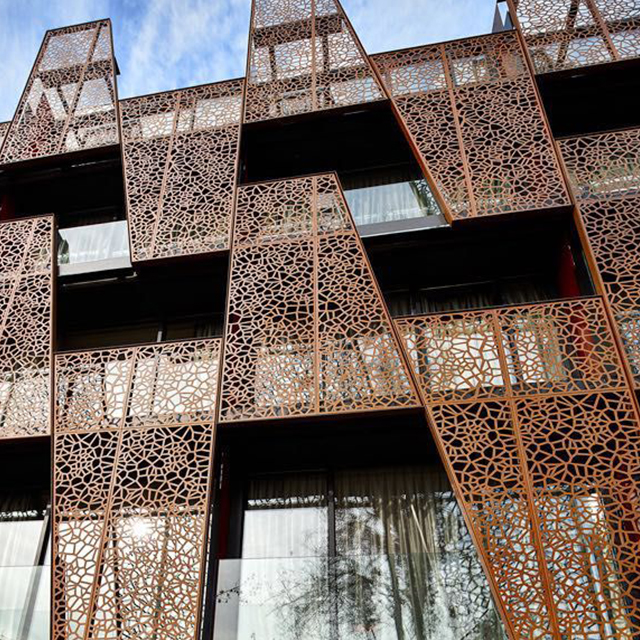In the realm of construction and architectural cladding, the terms ACP and ACM are often encountered, sometimes interchangeably, leading to confusion among those unfamiliar with their distinct characteristics. While both ACP and ACM involve aluminum composite panels, they differ in their core materials, applications, and overall properties. Understanding these distinctions is crucial for making informed decisions about material selection and ensuring project success.
Delving into the Composition of ACP and ACM
ACP (Aluminum Composite Panel)
ACP, also known as Aluminium Composite Panel, is a type of cladding material composed of two thin aluminum sheets bonded to a non-aluminum core. The core material can be either polyethylene (PE) or mineral-filled (FR). ACP panels are widely used for exterior cladding, signage, and interior applications due to their lightweight, versatile, and aesthetically pleasing nature.
ACM (Aluminum Composite Material)
ACM, on the other hand, refers to the generic term encompassing aluminum composite materials, including ACP and other variations. ACM panels can have different core materials, such as polyethylene (PE), mineral-filled (FR), or fire-retardant (FR) cores. ACM panels are typically used in applications where fire resistance is a critical consideration.
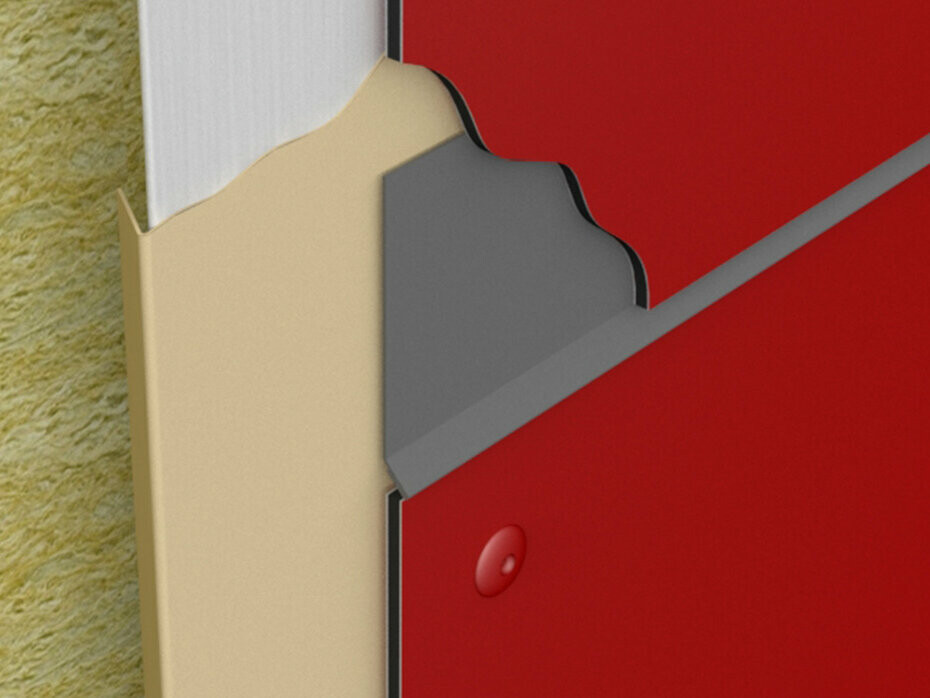
Unveiling the Applications of ACP and ACM
ACP Applications
ACP panels are commonly employed in a wide range of applications, including:
- Exterior Cladding: ACP’s lightweight, durable, and aesthetically pleasing qualities make it an ideal choice for exterior cladding of buildings, providing a protective and visually appealing façade.
- Signage: ACP’s versatility and ability to accommodate various colors and patterns make it suitable for creating eye-catching signage and promotional displays.
- Interior Applications: ACP can be used for interior applications such as wall paneling, ceilings, and partitions, adding a modern and sophisticated touch to interior spaces.
ACM Applications
ACM panels, with their emphasis on fire resistance, find applications in areas where safety is paramount, including:
- High-Rise Buildings: ACM panels are often used in high-rise buildings due to their ability to meet stringent fire safety regulations.
- Transportation Facilities: ACM panels are commonly employed in transportation hubs like airports and railway stations, where fire resistance is essential.
- Public Buildings: ACM panels are frequently used in public buildings such as schools, hospitals, and shopping malls, prioritizing the safety of occupants.
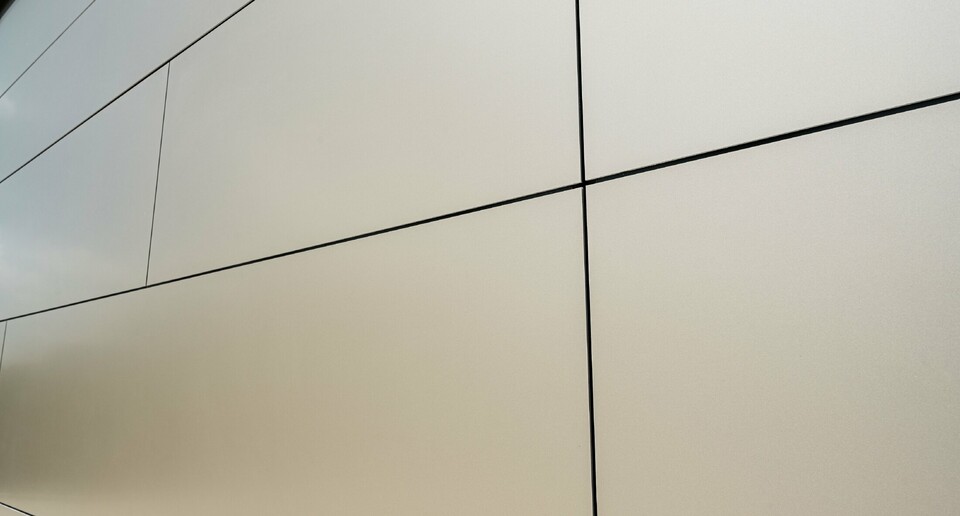
Exploring the Key Differences between ACP and ACM
Core Material
The primary distinction between ACP and ACM lies in the core material used within the aluminum composite panel. ACP typically utilizes polyethylene (PE) or mineral-filled (FR) cores, while ACM panels can encompass a wider range of core materials, including fire-retardant (FR) cores.
Fire Resistance
ACM panels, with their incorporation of fire-retardant cores, offer superior fire resistance compared to standard ACP panels. This makes ACM panels a preferred choice for applications where fire safety is a critical concern.
Cost
ACM panels, due to their enhanced fire resistance properties and specialized core materials, are generally more expensive than standard ACP panels.
Applications
ACP panels are suitable for a broader range of applications, including exterior cladding, signage, and interior applications. ACM panels, on the other hand, are primarily used in applications where fire resistance is a crucial factor.
Selecting the Right Material: ACP vs. ACM
The choice between ACP and ACM depends on the specific project requirements and priorities. If fire resistance is paramount, ACM panels are the preferred option. However, if cost is a primary concern and fire resistance is not a major factor, ACP panels offer a cost-effective and versatile solution.
Conclusion
ACP and ACM, while both involving aluminum composite panels, differ in their core materials, fire resistance properties, and cost considerations. Understanding these distinctions is essential for making informed material selection decisions, ensuring project success, and meeting the specific requirements of each application.

